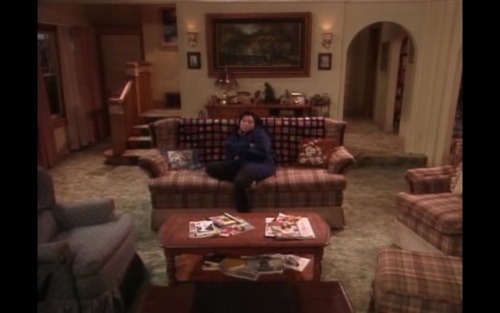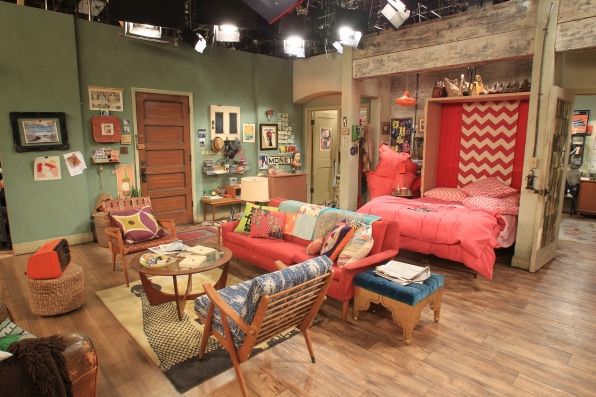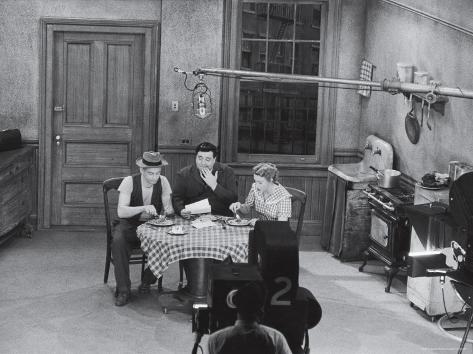The class divide in the United States is an issue not overlooked by the average American family, but seemingly invisible on television. Today, there is a rapid growing population of families classified as the working-poor. US Today reports, "Record numbers of Americans remain poor..the Census Bureau reported that 15% of Americans, 46.2 million people, live below the poverty line" (Florida).

With these numbers increasing yearly, it would seem as though television would alter its content to appeal to the masses. However, this has not been the case. "Yet a whole area of television remains uniquely uninterested in the working class, and it’s an area where many of its finest examples from the past are about the working class: TV sitcoms, a genre where blue-collar representation is currently minimal" (VanDerWerff). Despite the success as shows such as Two broke Girls, networks continue to make shows about the upper-class dream, where the question of money is generally ignored. "Certainly there have been plenty of comedies over the decades where all involved always had whatever they needed, but sitcom history is also littered with the flipside, series like The Honeymooners, All In The Family, and Roseanne, where it was never clear whether the family would make it to the next paycheck" (VanDerWerff).
This under representation of the working class is not something confined to today's television shows, in a study done by Richard Butsch, he found that, "this pattern is persistent over four decades of television, in 262 domestic situation comedies, such as I Love Lucy, The Brady Bunch, All in the Family, and The Simpsons. In only 11 % of the series were heads of house portrayed as working class, that is, holding occupations as blue-collar, clerical, or
unskilled or semiskilled service workers. Blue-collar families were most underrepresented: only 4% (11 series) compared with 45% of American families in 1970" (Butsch 101). Though there was a constant lack of representation, sitcoms from older generations seemed to depict the working-class far more accurately than television series today.

All in the Family cast
Works Cited
Butsch, Richard. "Why Television Keeps Re-Creating the Male Working-Class Buffon." Gender, Race, and Class in Media. 3rd ed. N.p.: Sage, n.d. 101-07. Web.
Florida, Richard. "Column: A Class-ridden America." USATODAY.COM. USA Today, n.d. Web. 11 May 2013.
VanDerWerff, Todd. "Where Are All the Blue Collar Sitcoms?" AV Club Live. N.p., n.d. Web. 11 May 2013.





